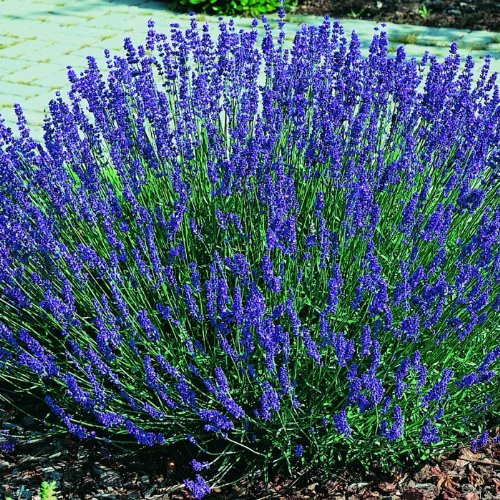The Pineapple Sage plant is a perennial herb (for zones 8-10) that is a lovely addition to any garden. Though it starts out as a small plant with pale greenish yellow leaves, it grows to a large V-shaped bush over 3 ½ to 5 feet tall and wide. Crush a leaf and the smell of pineapple and summer surround you. Late in the summer and fall the addition of bright red /scarlet tubular blossoms in profusion add a startling colorful flair to any garden décor. The bright flowers attract any hummingbirds and butterflies in the area with their beautiful color and alluring scent. The Pineapple sage also has its culinary uses, though it is not a substitution for the other culinary sages. Mince the leaves and flowers into cream cheeses for a delightfully fruity spread, or add to fruit and vegetable salads and summer teas to add a fruity zing. What better garnish for a frosty piña colada or glass of iced tea than a fresh sprig of fruit-scented Pineapple sage? It can be used in making apple jelly, adding its own unique flavor to it, or added to fresh bread recipes. The cut flowers add a bright color and subtle fragrance to any flower arrangement; it can be dried and used as potpourri for a lovely delicate fruity scent. Place plants in a full sun to part sun location at least 18 inches apart. Pineapple sage requires a soil that is well drained but moist and rich enough to support its rapid growth. Keep plants watered the first couple of weeks after planting. After that, no special attention is needed except for watering during drought. However, if the soil is heavy and wet, the plant may die. You can bring Pineapple Sage indoors in the fall to overwinter in a sunny window. It won't tolerate a hard frost, so put it on your watch-list when overnight temps start to drop. To prep it for the move, cut it back by two-thirds. Don't harvest leaves over the winter months
Clovers Garden Pineapple Sage Plant Two -2- Live Plants Not Seeds Each 4"-7" Tall- in 3.5 Inch Pots
Was:
$159.76
Now:
$79.88
- SKU:
- ZA1196420
- UPC:
- 640522793709
- Condition:
- New
- Availability:
- Free Shipping from the USA. Estimated 2-4 days delivery.







